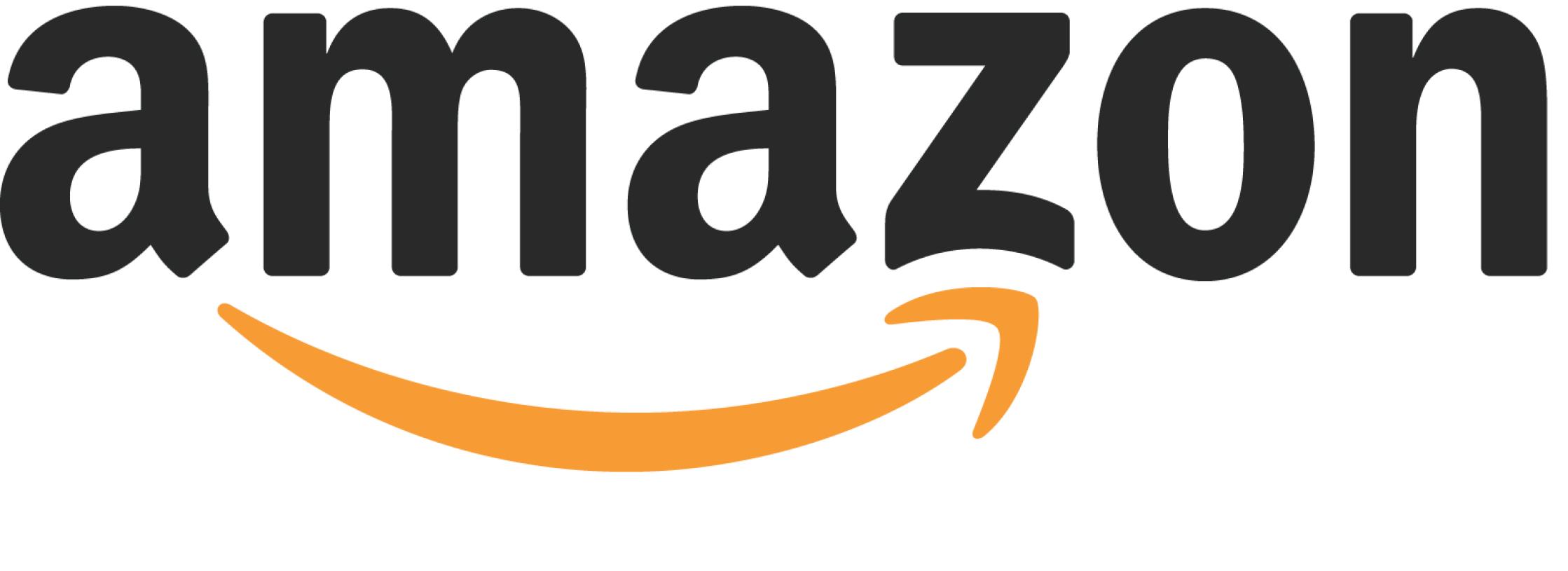Amazon is moving into advertising with breathtaking speed. In doing so, the company is solidifying its position as Google’s biggest advertising and search rival. In May of this year, Amazon stopped advertising on Google with the Product Listing Ads (PLAs). Shortly after that, Amazon announced it would begin testing a display ad format with select merchants that follows shoppers around the internet. And Amazon is reaping the benefits of its current advertising offerings, reporting more than $2 billion in advertising sales in Q1 2018.
As an advertising platform, Amazon will continue to grow. Now more than ever, it’s important for businesses to consider incorporating advertising on Amazon into your digital marketing game plan even if you don’t have products for sale on Amazon for the simple reason that Amazon has become such a popular platform for people to search for things to buy. But it’s not always easy to understand where to start. Here’s a quick overview of tools available to you to gain more visibility on Amazon:
Untangling Amazon Advertising Solutions
Amazon has collected its advertising services under Amazon Media Group (AMG), a premium solution for venders to create campaigns and run advertisements on Amazon. Underneath the AMG umbrella are Amazon Marketing Service (AMS) and Amazon Advertising Platform (AAP).
Amazon Marketing Services
AMS ad formats are based on a pay-per-click model. AMS consists of three main ad types:
- Product Display: uses a display ad to promote a product, based on product or interest based-targeting.
- Sponsored Products: keyword-based campaign promoting a single product.
- Headline Search: promotes three or more products using a keyword campaign structure.
These ad formats are eligible to show on Amazon, either above, below, or alongside search results; in the product detail pages; reviews and other offer listing pages; and in Amazon-generated marketing emails. To see a more thorough breakdown of these PPC formats and placements, read True Interactive’s Tips on Incorporating Amazon into Your E-Commerce Strategy post.
Amazon Advertising Platform
APP charges using a cost-per-thousand-impressions (CPM) model. For AAP, there are two options for advertisers:
- Amazon Managed Service: Amazon manages display ads on an advertiser’s behalf.
- ESS (Enterprise Self Service): A self-service portal allowing agencies to access Amazon’s Display and Remarketing features on the behalf of brands.
AAP uses the following ad types: desktop display, mobile banner, mobile interstitial, image and text, and in-stream videos. Advertisers can also include targeting layers such contextual, demographics, geographic, time of day and device.
Digging Deeper into Amazon Marketing Services and Amazon Advertising Platform
Amazon also has the ability to retarget based on either a pixel placed on the brand site, or purchase and browsing behavior based on product, brand, and similar product lists. The ads will show within Amazon; on Amazon-owned sites (IMDB and audible, websites that are part of the AMG ad network); and on the home or lock screens of the Kindle, Fire Table and Fire TV.
For people familiar with Google advertising solutions, think of AMS as search ads and AAP as ads typically run on the GDN or programmatic ad networks. This distinction is very important when it comes to forming an Amazon advertising strategy. Your approach depends on what goal you are trying to achieve and where in the search funnel you would like to hit consumers:
- For brand awareness, using the advertising network and placements available in AAP would be a good way to reach new customers.
- If an advertiser that wants to capture people’s interest in the consideration, purchase intent, and purchase experience phases, a combination of AAP and AMS ad formats could be deployed, bringing potential new customers to a purchase decision.
- And in that final stage, the actual purchase and product display ads through AMS are a good way to bring people back to the products they’ve show interest in before to make that final purchase.
If you’re interested in advertising on Amazon, but need help deciding where or how to begin, contact us at True Interactive, where we can guide you through the entire process.
